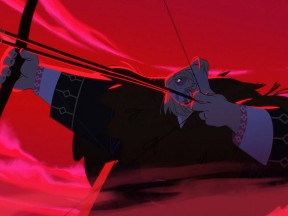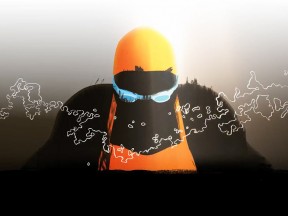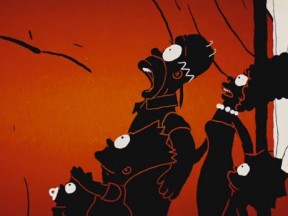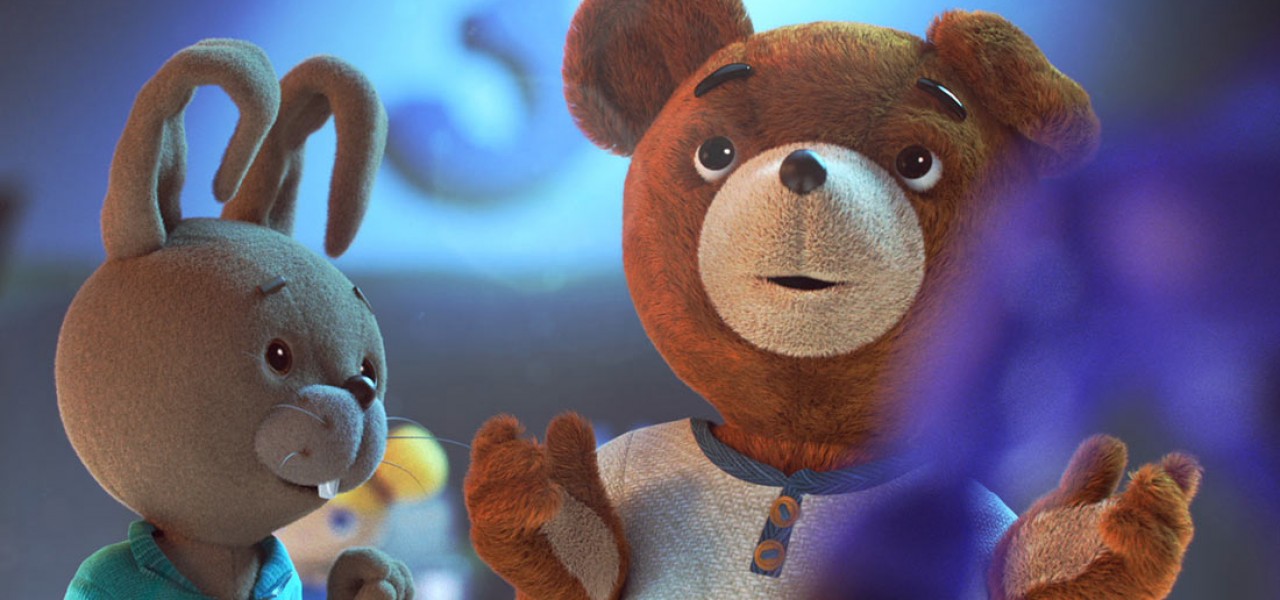
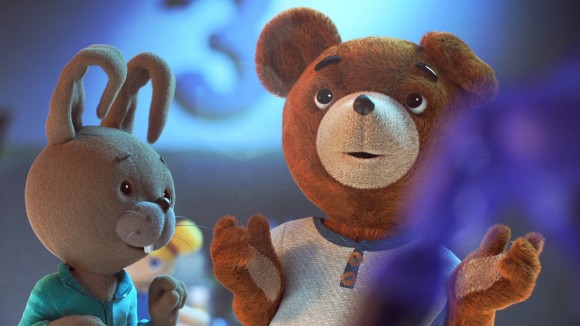
First Look: ILM Artist Greg Jonkajtys Is Developing A ‘Teddy Floppy Ear’ Feature
If you saw the short film Ark back in 2007 then you’ll already be familiar with the uniquely styled films of Grzegorz (Greg for short) Jonkajtys. The director and animator has several animated projects to his name and somehow also juggles a role as a visual effects artist at Industrial Light & Magic in San Francisco.
Jonkajtys’ latest effort is Teddy Floppy Ear which, like Ark, combines live action miniature sets with CG animation. The new four-minute short is a reimagining of the hugely popular Polish children’s book character created by Czesław Janczarski and Zbigniew Rychlicki. What’s more, the project is now being developed into an animated feature. We asked the director about the journey behind his newest adventure.
“About a year and a half ago, a producer from T.F.P. Poland sent me the script for the animated feature Teddy Floppy-Ear and I absolutely loved it,” Jonkajtys told Cartoon Brew. “The script, penned by Piotr Jasek, tells the story of a brand new toy – Teddy Bear – who dreams of being united with children. Unfortunately, a toy factory quality scanner detects a flaw in the toy, and our Teddy is pushed and destined for the termination. He then joins the unlikely band of misfits and together they are trying to outsmart the machines and break out of the factory.”
Jonkajtys met with the producer in Warsaw where they agreed to shoot the miniatures/digital hybrid short as a proof of concept for the feature film with a budget of 23,300 euros (100,000 PLN) from the Polish Film Institute. “I enjoy being on set and filming real stuff,” Jonkajtys said of the project’s hybrid approach. “I also enjoy building miniatures. It’s a good break from the monitor, plus I feel real sets simply look better. They don’t ‘age’ badly on film as CG often does.”
Initial concepts involved simple boards with pen and paper, which Jonkajtys fleshed out with rough CG models of the sets and characters for animatics. “I had every shot animated and edited that way before going on set,” he said. “That way, I knew exactly what lens to use and what camera motion to achieve during our practical shoot.”
The miniature factory sets were constructed at 1/6th scale by production designer Jagna Dobesz to match the eventual toy dimensions (which were Barbie-doll sized). The sets were lit and photographed digitally by DP Jakub Jakielaszek on an ARRI Amira and ARRI Alexa Mini with the aid of a motion-controlled slider and occasionally a small crane.

“The biggest challenge in shooting at that scale was fitting the camera to mimic the angles and compositions I did in the animatic,” said Jonkajtys. “Jakub and his crew rigged a beautiful lighting setup that gives the unique otherworldly look to the scenes, where the main source of the light were actual LED stripes connected to the miniature conveyor belts.”
But filming the miniature sets was, of course, only half of the story behind the Teddy Floppy Ear short. The main characters and elements of the toy factory were realized with visual effects by Polish studio Orka, which is also co-producing the feature film (along with T.F.P. Poland and FremantleMedia Polska). Still, Jonkajtys kept his hands dirty at least in one shot from the short — the final post-credits scene — which involved a miniature build in the director’s kitchen and composited CG foreground elements.
As a proof of concept, the short allowed Jonkajtys and Orka to experiment, at least to some extent. For example, the team explored the look and animation of the characters, which are based on an original stop motion film and TV series from the 1970s. Even though they are CG in this short, there was no motion blur added to the characters’ movements, a deliberate nod to the stop motion originals.
For the feature, Jonkajtys plans to film the voice actors — full body — for reference during final rehearsals, and not just them standing at recording booths. This was something he observed from director Gore Verbinski’s approach to making Rango. “It would still be no costumes and no special lights, but it’s great reference for the animation. I like working with actors, I would love to see their input in creating these characters, not only as a voice talent, but as fully-fleshed complex beings.”
The short’s music was composed by Mikolai Stroinski, who is known for the original compositions in the video game The Witcher 3: Wild Hunt, and sound designer Bartez Putkiewicz of Cafe Ole produced the final mix.

Now that the short is out, Jonkajtys has moved onto the feature film. The director faces a challenging time readying for a 2017 production start date. “We are working on the final draft for the script now. At the same the storyboards and concept art is happening. Once the storyboarding is completed, I will jump on to many animatic versions of the whole film. This is the crucial part. The film needs to work well in this phase, the phase before we get on set.”
That turns out to be one of Jonkajtys’ core strength in his shorts: planning. The director seems to have no fear diving into concept drawings and animatics that serve key roles during filming of the miniatures and at the VFX stage. It’s also clear that Jonkajtys loves world-building. “I think that Teddy Floppy Ear is a really beautiful story about overcoming shortcomings, friendship, and unwavering hope. All this, spiced up with great character moments, action, robots, fantastic sets, and locations makes me very excited to make create this story, this world.”
See more of Jonkajtys’ previous film and visual effects work at his website.
Some behind-the-scenes images from the set construction and shoot can be seen below. (Click to enlarge.)







